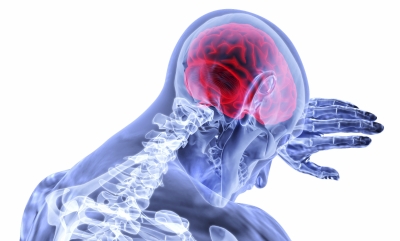New York, Dec 28 (IANS) In future challenges for developing realistic prosthetic devices, new research has revealed that even after a full year, the bionic touch did not remap the brain in people whose amputated limbs were replaced with prosthetic limbs.
The participants’ subjective sensation never shifted to match the location of the touch sensors on their prosthetic devices, according to neuroscientists at the University of Chicago and Chalmers University of Technology.
The stability of the touch sensations highlights the limits in the ability of the nervous system to adapt to different sensory input.
In the quest to develop robotic devices that are almost indistinguishable from a human limb, the key is designing devices that not only can be operated with a user’s own neural activity, but can also accurately and precisely receive and relay sensory information to the user.
The new study, published in the journal Cell Reports, highlights just how difficult this may prove to be.
“One problem with current neural electrodes is that you can’t tell during the implantation surgery which part of the nerve corresponds to what sensation, so the electrodes don’t always land in exactly the location in the nerve that would match the location of the sensors in the prosthetic hand,” explained lead author and developer of the neuromusculoskeletal prostheses, Max Ortiz Catalan.
“We hoped that because the patients were grabbing objects and feeling the sensation somewhere else in the hand, all day and every day for several months, the brain would resolve the mismatch by shifting the perceived sensation to the thumb,” added Catalan, associate professor of bionics at Chalmers University of Technology.
During the study, three participants with above-elbow amputations were equipped with high-tech neuroprosthetic devices that were affixed directly to their humerus bone.
The users could control the prosthetic device thanks to signals received from electrodes implanted in the residual arm muscles, and received sensory feedback via another set of implanted electrodes.
In the study, the prosthetic users did not report feeling the sensation on the thumb, but rather in other hand locations, such as their middle finger or the palm.
Despite being able to observe their hand while interacting with objects, none of the users ever reported that they felt the sensation on their thumb, but rather that the sensation persisted in the same area where it was originally felt.
“Every day, for a year, these subjects saw their prosthetic thumb touching things and felt it in a different location – sometimes close to the thumb, but not on it – and the sensation never budged. Not even a smidge,” said senior author Sliman Bensmaia from UChicago.
The study highlights the importance of knowing exactly where to place electrodes when implanting sensory arrays for patients using these types of neuroprosthetic devices, as it appears unlikely that the brain is capable of making substantial adjustments in how it perceives that sensory input.
“This means that you really have to get it right,” said Bensmaia. “There are no do-overs here.”
–IANS
na/

